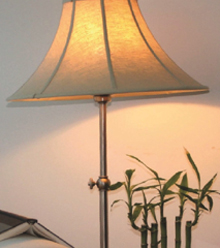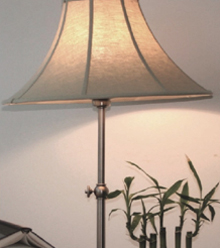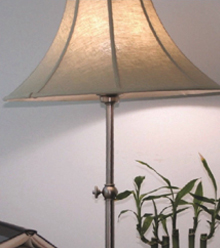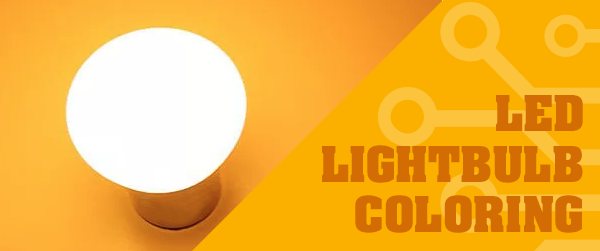In 1962, Nick Holonyak Jr., who was employed at General Electric, created the first light-emitting diode that was in a visible frequency. Since then, multiple shades of LED lightbulbs have been discovered. Light frequency is measured on the Kelvin Scale from 1000K to 10000K, but most commercial lighting ranges from 2000K to 6500K. Here’s an image of the Kelvin Spectrum and what colors these frequencies emit.
Whenever you are choosing the perfect lighting, it is important to consider these things:
-
3000K and under

Anything 3000K and under is great for rooms in your home like your living room or bedroom to mimic the end of the day to stimulate relaxation. These frequencies emit a yellow-orange color. If you want your space to feel intimate, cozy, or calm, this is the frequency you should look for.
-
3100K to 4500K

3100K-4500K is ideal for the kitchen or for garages where you need to be able to see clearly. This frequency radiates a more neutral white color. This is also great for work spaces during the day, as they are bright and provoke energy.
-
4500K to 6000K

4600K-6500K looks more blueish white. That’s why it is dubbed “daylight.” This frequency is perfect for displays and security lighting. If you want very crisp lighting, this is the frequency range to consider.
It is important to remember this information when reviewing all of our products, as we carry many of the same product with different lighting frequencies. This information can be found in the product name or the description.





